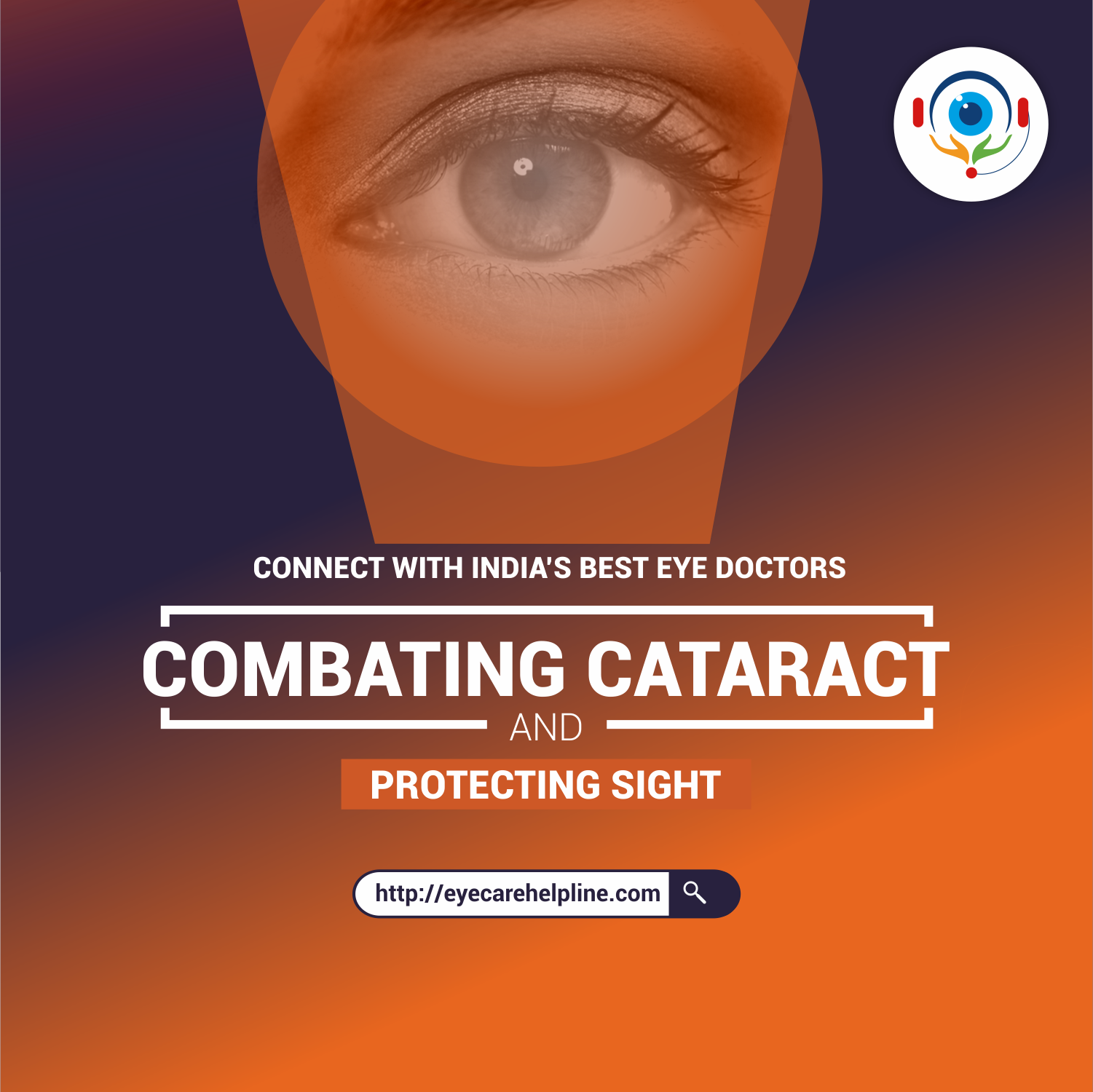- By: Dr. Rajesh Mishra
Age-Old Myths
Whether it is about how eating carrots benefits vision or that sitting too close to the television set spoils the eyes, each one of us has heard innumerable “facts” about the human eye. But have you ever stopped to wonder whether there are myths or are actually facts?
To help you separate fact from fiction, here is a list of some interesting myths and facts about our eyes.
9 Myths & Facts about Eyes
Myth 1 - You will damage your eyes if you read in the dark.
Fact 1 - Reading in the dark or under low light can potentially cause a headache or eye fatigue, but it won’t permanently damage your eyes.
Myth 2 - Spending long hours on the computer or sitting too close to the TV will weaken your eyes.
Fact 2 – Doing either or both will not result in deteriorating eyesight, but your eyes will feel drained out. Adding to this, your eyes will also not get affected by nearsightedness or farsightedness.
Myth 3 – Unless you have an eye problem, you don’t really need to take an eye exam.
Fact 3 – There are a number of eye problems that are silent destroyers of vision. A routine eye check-up will help determine these underlying eye problems, if any. Therefore, people up to the age of 65 should check their eyes every 2 years and those above 65, should get an eye check- up done once a year.
Myth 4 – Consuming carrots assures excellent vision.
Fact 4 - Carrots are filled with Vitamin A; a vitamin that is beneficial to our health. However, consuming carrots will not guarantee perfect vision.
Myth 5 - Wearing someone else’s glasses will weaken your eyes.
Fact 5 - Wearing another person’s glasses will strain your eyes and cause eye fatigue. But doing so will not damage your eyes.
Myth 6 - You can use lubricating or wetting eye drops to cure dry eyes.
Fact 6 - When your tear glands do not produce enough tears, it leads to a chronic eye condition known as dry eyes. You will definitely feel better with lubricating eye drops, but not for too long. What you can do is use drops that stimulates tear production prescribed by your doctor.
Myth 7 - Babies are born with blue eyes.
Fact 7 - When a baby is born, the baby’s eyes the development of melanin is still in process. Melanin is a dark brown-black pigment that crops up in the iris of the eyes, hair and skin. In the first 12 months of a child’s birth, as more and more melanin is produced, the colour of the child’s eyes darkens.
Myth 8 - You can improve your vision with eye exercises.
Fact 8 - With eye exercises you will be unable to improve/preserve your vision or reduce the need to wear glasses. However, when it comes to convergence insufficiency, eye exercises can be quite helpful. Convergence insufficiency is a condition in which the eyes do not work together to focus on a nearby object, making it difficult to read.
Myth 9 - If you cross your eyes, they will remain that way.
Fact 9 - The muscles of our eyes enable them to move in all directions. Therefore, when we look up or down, left or right, our eyes will not freeze in these positions. The same goes for when you cross your eyes. Crossed eyes only take place when vision is left untreated, or due to a disease or muscle/nerve damage.
Takeaway
Never blindly believe what you hear. It’s important to consult a reliable source like your eye doctor, when you want to clarify everything that is eye related.


